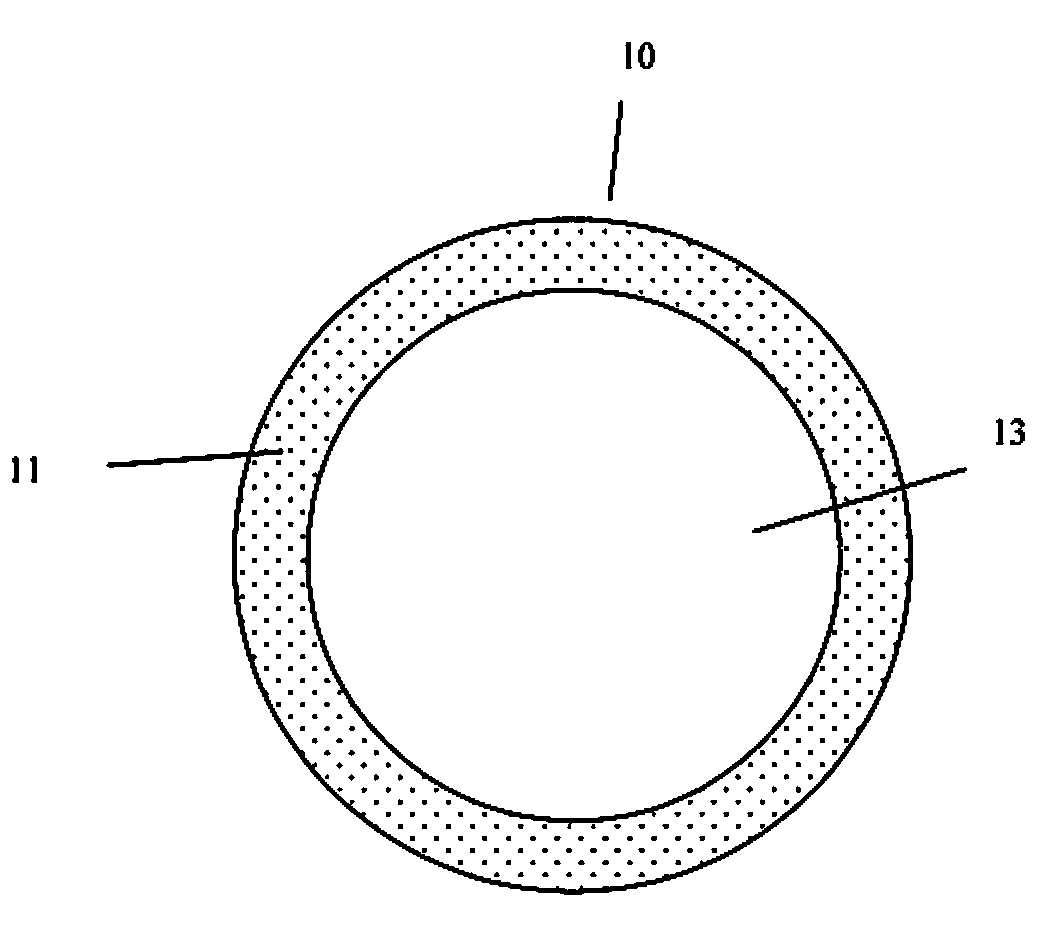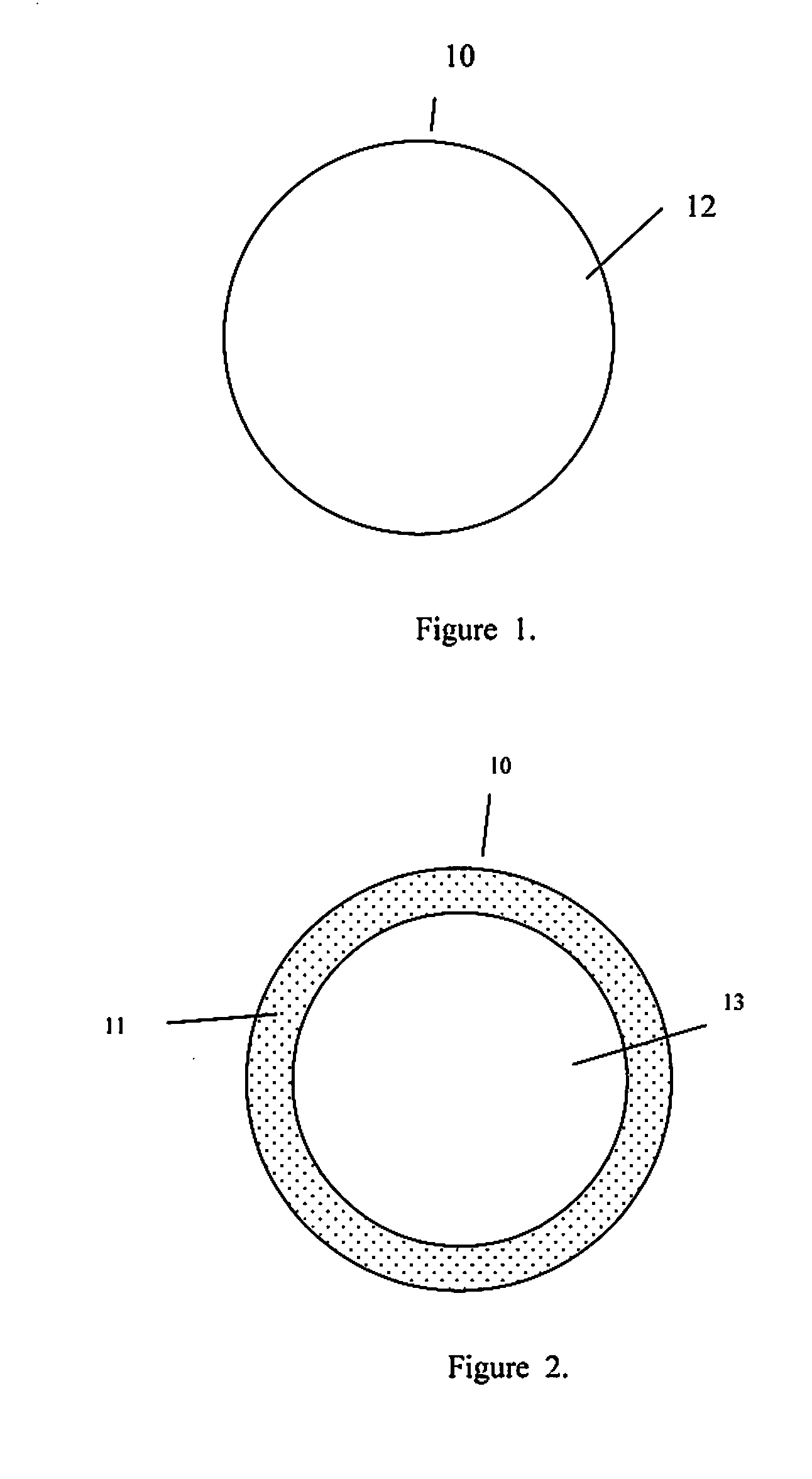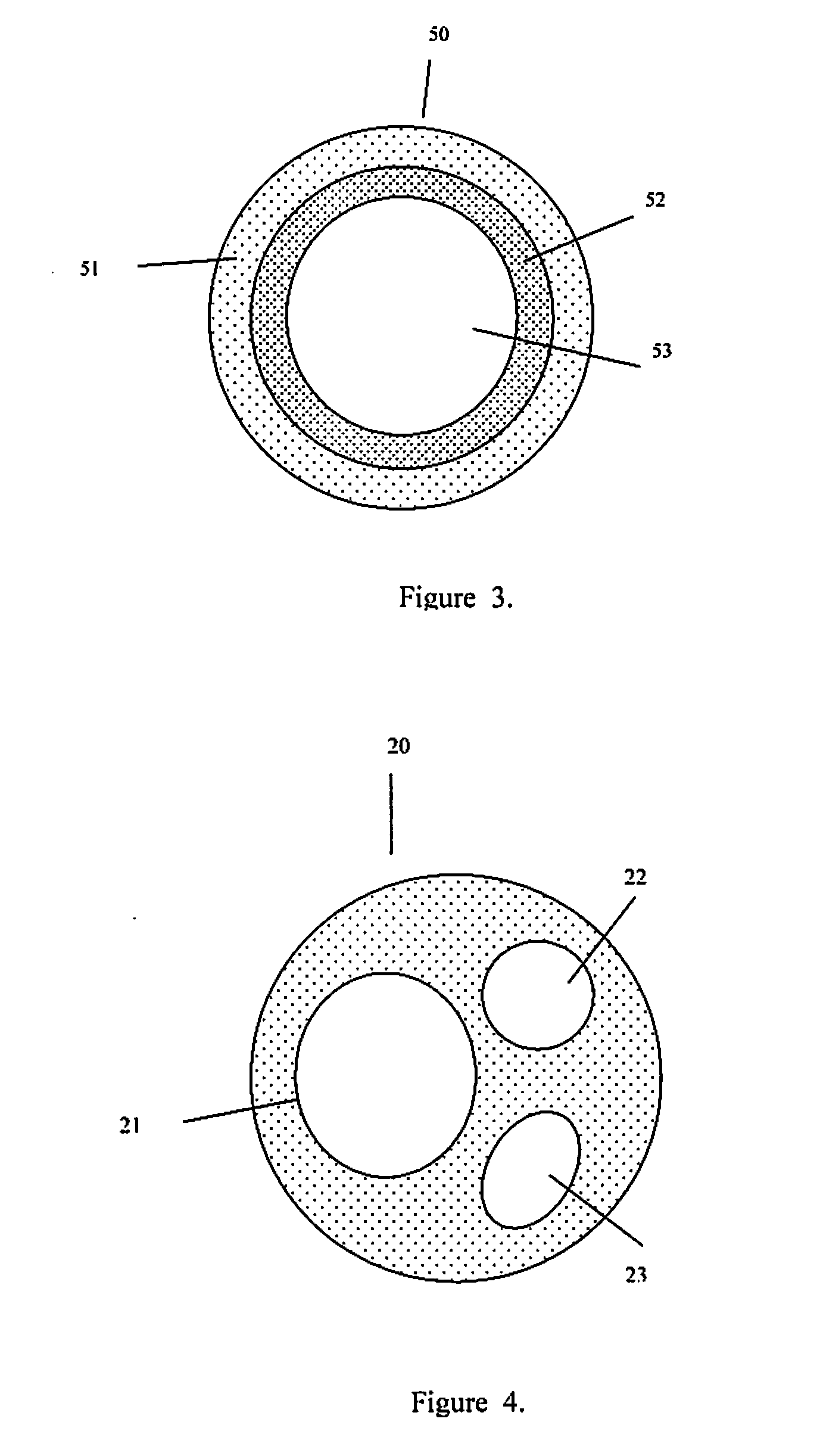Injectable hollow tissue filler
a filler and hollow tissue technology, applied in the field of new injectable hollow tissue fillers, can solve the problems of nodules, cellulites, ulcers in other organs, loss of skin volume, etc., and achieve the effect of low viscosity and lower viscosity
- Summary
- Abstract
- Description
- Claims
- Application Information
AI Technical Summary
Benefits of technology
Problems solved by technology
Method used
Image
Examples
Embodiment Construction
[0029]The present invention addresses those aspects of designing an ideal filler composition for tissues that need to be repaired, augmented or strengthened. Other than the treatment of lost skin volume by plastic or reconstructive surgery, tissue fillers can be used to correct aphonia or dysphonia caused by paralysis of the vocal cords, to correct defect or injury, to the augmentation of hypoplastic breast, to the augmentation of scar tissue, to the treatment of urological disorders (e.g. urinary incontinence), to the treatment of incompetent anal sphincters, to the treatment of vesicoureteral reflux, and to the treatment of gastric fluid reflux by endoscopical or subcutaneous injection of biocompatible hollow particulate fillers into the submucosal or dermal tissue. Since the invention is closely related to the augmentation of soft tissue for the treatment of lost skin volume, it will be described in details hereto.
[0030]It is typical for injectable particulate fillers to be suspe...
PUM
 Login to View More
Login to View More Abstract
Description
Claims
Application Information
 Login to View More
Login to View More - R&D
- Intellectual Property
- Life Sciences
- Materials
- Tech Scout
- Unparalleled Data Quality
- Higher Quality Content
- 60% Fewer Hallucinations
Browse by: Latest US Patents, China's latest patents, Technical Efficacy Thesaurus, Application Domain, Technology Topic, Popular Technical Reports.
© 2025 PatSnap. All rights reserved.Legal|Privacy policy|Modern Slavery Act Transparency Statement|Sitemap|About US| Contact US: help@patsnap.com



